
Photo: CZIP
Share
Published:
February 4, 2019
Country:
Author
Share
Author: Jovana Janjušević, Executive Director, Center for Protection and Research of Birds (CZIP)
In an attempt to explain, to both domestic and international audience, the significance of Ulcinj Salina, we have tried describing its importance for birds in terms familiar to ordinary people. We compared bird counts produced for scientific purposes with official airport passenger statistics in order to illustrate the Ulcinj salt ponds’ significance for birds. The result was a surprise to all of us: Ulcinj Salina is 9 times more important for birds than one the world’s busiest airports, London Heathrow, is for humans.
Ulcinj Salina, an important habitat and the last area where birds can rest and feed before flying over the Adriatic Sea, began to take shape in 1926, when first works were launched, and in 2013, after 80 years of uninterrupted operations, it saw its final harvest.
The first regulation aimed at protecting the salt ponds was passed by the workers’ council in 1984, when hunting was banned. In 1989, Ulcinj Salina was internationally recognized as an Important Bird Area (IBA).
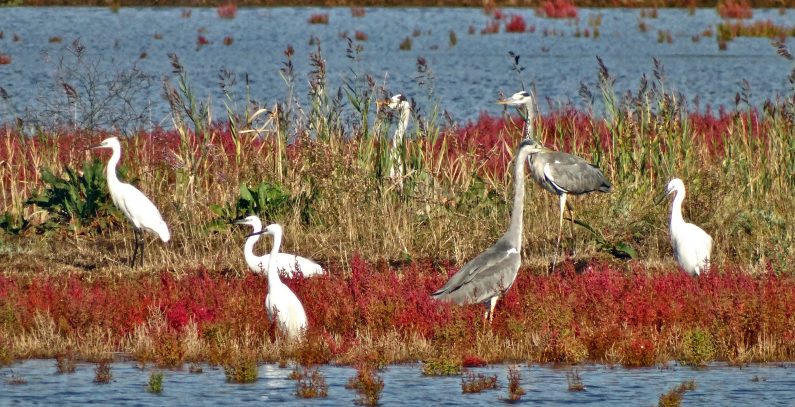
In 2014, as a way of protecting the biodiversity, tradition, and image of this area, as well as expanding activities such as bird-watching and eco-tourism, Ulcinj Salina’s managing board declared the area the first private nature park in Montenegro, banning hunting, fishing, and access to Salina’s grounds. The decision was aimed at preventing these activities from influencing the salt production process. In 2006, Ulcinj Salina was included in the Bern Convention’s Emerald Network, an ecological network made up of Areas of Special Conservation Interest, and it is also a potential Natura 2000 habitat. As an exceptional bird habitat, Ulcinj Salina meets six out of nine criteria for inclusion in the Ramsar List of Wetlands of International Importance.
Ulcinj Salina is a nesting site for about 55 species of birds, while 70 species found there are included in Annex 1 of the European Union’s Birds Directive as particularly threatened. The results of bird census that has been conducted in the winter months since 1999 have shown the presence of up to 20,000 birds in some years.
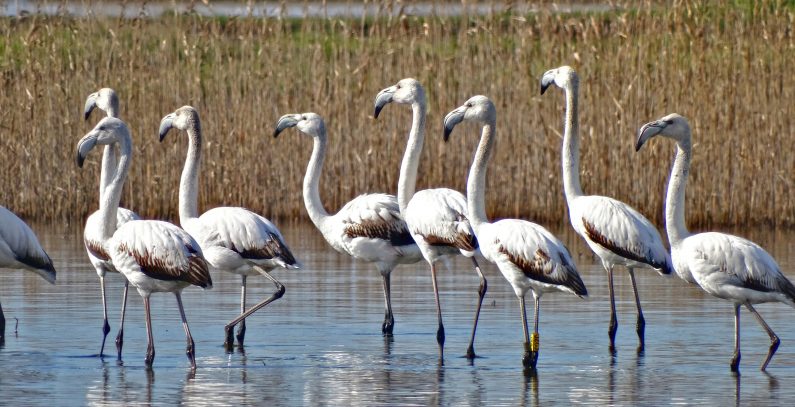
The “signature” species of Ulcinj Salina in the past several years has been the greater flamingo (Phoenicopterus roseus), but also the Dalmatian pelican (Pelecanus crispus), a unique and distinct species which regularly visits the Salina area, with flocks of up to 100 specimens observed in the fall months.
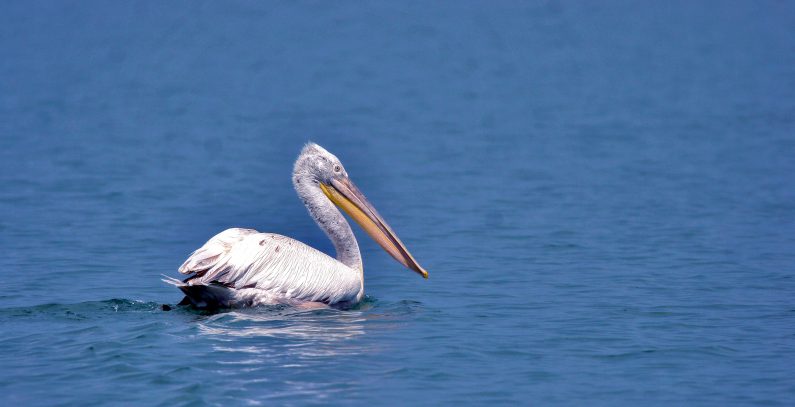
The national and local significance of Ulcinj Salina is reflected in its social-economic impact as well. The Bajo Sekulić saltworks used to employ up to 450 workers, making it a significant and steady source of income for a large number of households in the Ulcinj municipality. Moreover, Ulcinj Salina was a well-known Montenegrin brand – a product of the marriage of the sun and the sea.
Conserving the biodiversity of Ulcinj Salina requires the same water management regime as was required for the salt production process. Since the saltworks were shut down, the neglected infrastructure has deteriorated, producing adverse effects on the ecosystem.
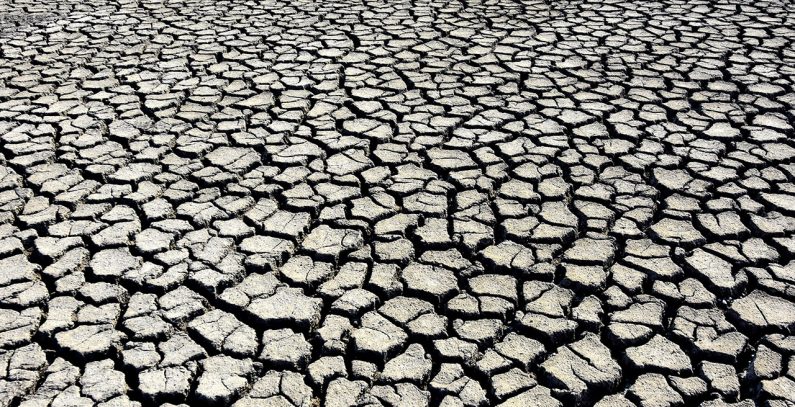
Such a state has resulted in a dramatic decline in the number of bird species using Salina as their nesting site, as well as a drop in numbers of individual specimens using this area as a feeding and resting site during the fall migration and the winter months. On the other hand, the increased quantities of fresh water have resulted in an increase in the number of species characteristic of freshwater habitats, but also a decrease in the number of those typical of salt water habitats. For instance, 2,500 flamingos dwelt at Ulcinj Salina in the fall of 2015, but their numbers have now been decimated, precisely due to the qualitative change of the habitat.
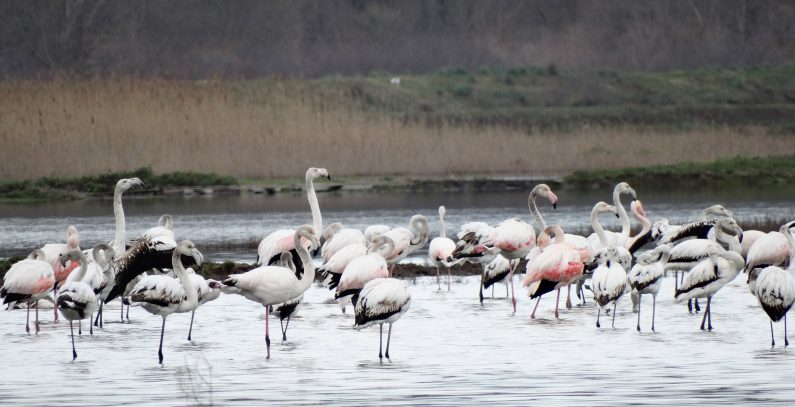
Prior to shutting down salt production, the saltworks’ majority owner, Eurofond, had begun urging for the designation of Ulcinj Salina’s land to be changed, from an industrial zone into development land suitable for the construction of tourist resorts. A number of urban development projects were designed, and they included a marine, golf courses, and luxury hotels. It was at that time that the fight to conserve this valuable site began, given that up until that moment, salt production had been beneficial to the area’s biodiversity.
Thanks to the civil sector and a petition signed by 3,000 people in 2012, Montenegro adopted amendments to the national spatial plan, thwarting the majority owner’s attempt to create conditions for the construction of facilities at Ulcinj Salina. However, the Constitutional Court ruled in favor of Eurofond in 2015, declaring the amendments recognizing Ulcinj Salina as a protected area unconstitutional.
That same year, thanks to the support from the German Embassy, Ulcinj Salina became a priority on decision makers’ agenda, and its fate could no longer be ignored. Other diplomatic missions in Montenegro, as well as a number of national and international organizations, joined the initiative to conserve Ulcinj Salina.
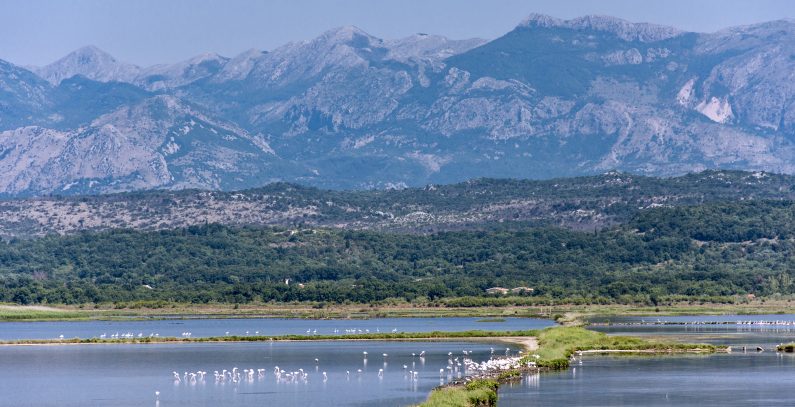
The involvement of the international community in efforts to resolve the problem of Ulcinj Salina has increased the level of transparency in the conservation process, creating continued pressure on the Government of Montenegro to protect this valuable area. Ulcinj Salina is the only site whose urgent protection is demanded in the European Commission’s progress reports on Montenegro for 2015, 2016, 2017, and 2018, which has also been confirmed in the European Parliament’s resolutions. The issue has recently become a closing benchmark for chapter 27 of Montenegro’s EU accession negotiations.
That same year, in order to speed up the process, the Center for Protection and Research of Birds (CZIP) and EuroNatur put together a proposal of a draft Conservation Strategy, which was later revised and adopted by the Environmental Protection Agency. In order to complete the study with a missing economic analysis, the EU Delegation approved EUR 300,000 for a study of the economic viability of salt production. The analysis produced several possible solutions, and the government adopted one that involves the production of fleur de sel as a model to ensure the conservation of the protected area.
A public consultation on the findings of the study for the Ulcinj municipality has just wrapped up, and protection is expected to be formalized at an extraordinary session of the municipal assembly at the end of February. However, the real fight for this habitat is yet to begin, including setting up the future operator, rehabilitating the infrastructure, resolving the issues of ownership and workers’ rights, and relaunching salt production, which calls for an investment of up to several million euros.
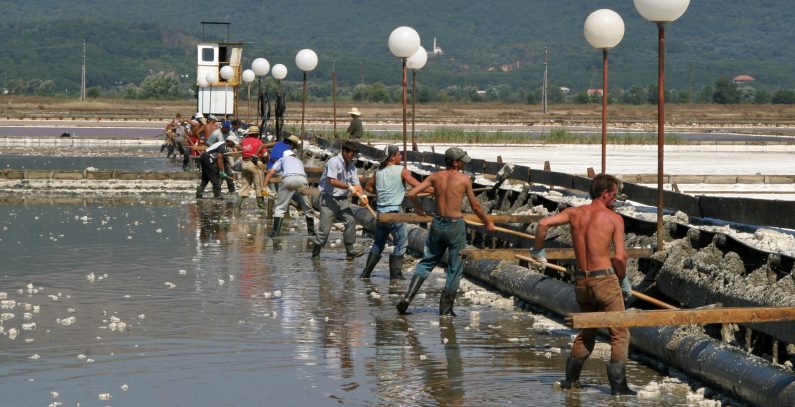









A shame what happended to Ulcinj Salina.
Currently there is an ongoing petition on the protection and revitalization of Ulcinj Salina:
https://you.wemove.eu/campaigns/save-ulcinj-salina-for-nature-and-people
When is a good time to visit and how can I arrange this